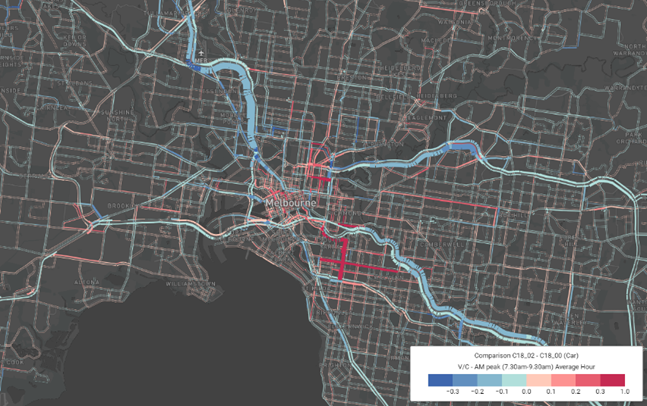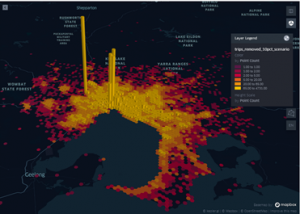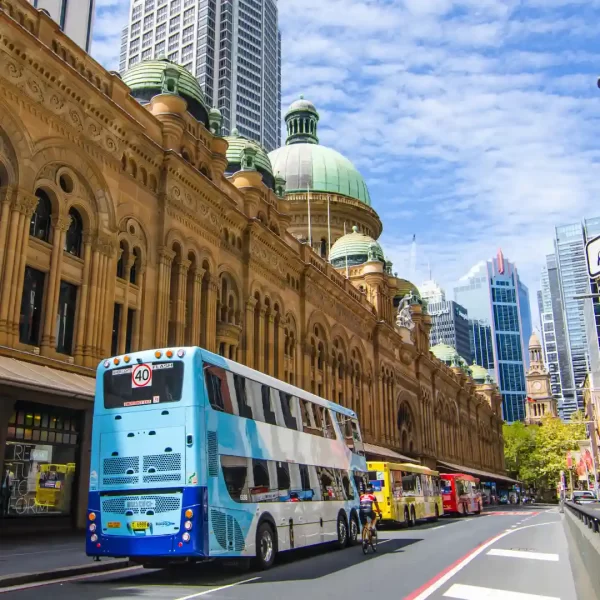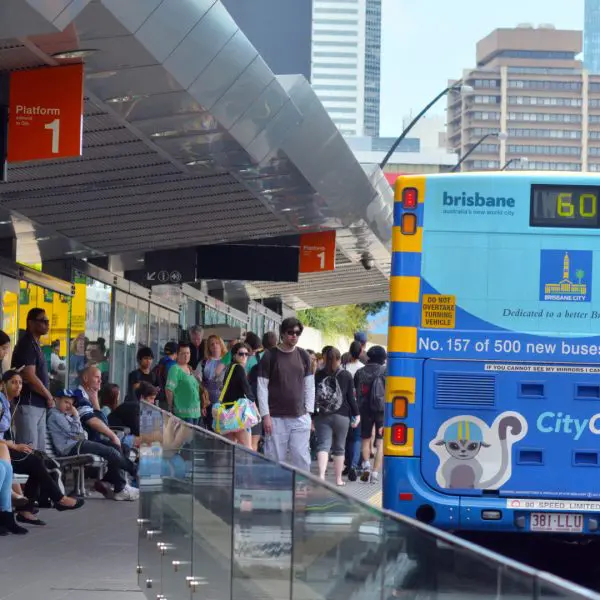
ABMs in Australia – lessons in development and application
20 August 2021
While Activity-Based Models (ABM’s) are used extensively in parts of the world including North America, they are not yet commonly used in Australia, New Zealand and the UK. This is despite the numerous theoretical benefits often discussed over trip and tour-based frameworks.
To demonstrate some of these theoretical advantages in practice, we have sought to understand the benefits, limitations and practical considerations in development and application of ABM’s. This has included understanding the extent to which donor models from other cities can be transferred in the Australian context.
We’ve had the benefit of using two key open-source platforms: MATSim and ActivitySim. Both are well supported by a community of developers and have ongoing funding either through Academia or in the case of ActivitySim through pooled funding from a consortium of public agencies.
Our lessons draw on our experience in modelling the effects of topical policy interventions and planning scenarios on behalf of Infrastructure Victoria. We looked at public transport fare reform and COVID-19 recovery scenarios using the MATSim based Melbourne Activity and Agent Based Model (MABM).
Further to this we reflect briefly on learnings from our development of a rapid proof of concept ActivitySim model built of an Australian region using inputs from an existing four step model and using a San Francisco implementation of ActivitySim as the donor model.
Detailed and individualised public transport fare regimes that cannot be represented by traditional modelling frameworks are possible to model using the MATSim framework. This application supported Infrastructure Victoria’s work in analysing the impact of public transport fare reform options. Fare reforms tested varied by mode (i.e., train, tram, bus), direction (toward or away from the city centre), location and time of trip arrival and destination.
The existing MABM was identified as the most appropriate tool for this project for two main reasons: first, its disaggregated agent-based approach allowed for analysis of the impacts of this reform on detailed demographic attributes (largely income and home location). Second, the modularity of MATSim allowed for developing a complex fare handling module that could represent all the required reforms.
The fare reform tests focused on making the best use of the entire transport system. Various fare structures were tested to understand the impact of people’s travel choices by time, mode, location and direction on the wider community.
The main changes included a reduction in fares for tram and bus as well as for all public transport travel during off-peak periods and the introduction of a new peak train fare which applies only to a newly defined city centre area. Additional directional discounts and multimodal fares were also included.
This work sought to answer two key questions:
- How did the demand shift with different fare structures?
- Who stood to benefit as a result of fare reform?
Full detail on the project, “Fare Move: Better Public Transport Fares for Melbourne” is available on Infrastructure Victoria’s website (Infrastructure Victoria, 2021).
COVID-19 continues to represent an unprecedent global disruption. Travel patterns have been disrupted with periodic government restrictions aimed at restricting mobility to contain the spread of the virus. Melbourne endured Australia’s longest lockdown in 2020 spanning nearly four months. At this time, Infrastructure Victoria engaged VLC to model shorter-term COVID-19 mobility impact scenarios aimed at developing immediate transport policy interventions to support Melbourne’s recovery. MABM was again used; this time because its representation of individuals and their activity patterns throughout the day provided a consistent framework, allowing us to represent effects like increased work from home in a better way than would be possible using an aggregate trip-based framework.
Visualising outputs of COVID-19 recovery scenarios

This work required the development of two COVID-19 recovery scenarios which were modelled on other post-lockdown cities and aimed to represent a scenario where the city was out of lockdown but still endured some COVID-19 related travel impacts (e.g., lower preference for the use of public transport, elevated levels of working from home and restricted airport travel).
Full detail on the project, “Transporting Melbourne’s Recovery” is available on Infrastructure Victoria’s website (Infrastructure Victoria, 2021).
Separately, VLC has been tracking the COVID recovery using mobile phone app data and you can view this in our COVID-19 Mobility Trends Dashboard.
ABM’s and four-step models compared
Our initial work using ActivitySim model suggests that a reasonable ABM can be developed leveraging donor models with parameters transferred from another geographic area (with some modification) and borrowing components from existing models relatively quickly and cost-effectively. Depending on the use case, estimating local parameters and model calibration – the time-consuming steps – can be completed in a step-wise manner rather than all at once. Keep an eye out for future articles where we’ll share more about this comparison
In general, we believe ABM’s do have significant benefits through their ability to model a wider range of policy interventions, and to do so at a disaggregate (individual) level. Our experience shows that many of the theorised benefits of these frameworks are seen in practice and that frameworks such as ActivitySim can be adopted in a stepwise manner to assess the benefits before embarking on full-scale implementations. There are however significant (although surmountable) computational challenges as well as other challenges dependent on the framework chosen for implementation that need to be considered.



